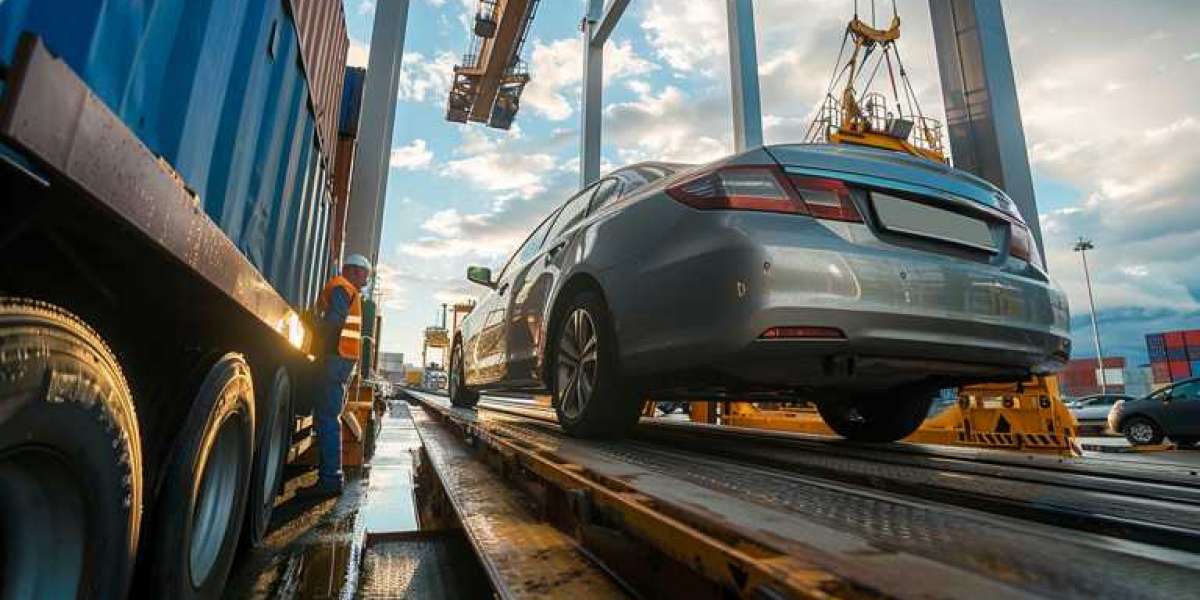Shipping a car from the UK to Australia can be a complex process, but with careful planning and understanding of the key steps, it can be a seamless experience.
This guide covers everything you need to know to ensure a hassle-free car shipping process.
1. Research Shipping Companies
Choosing the right shipping company is crucial. Look for companies with experience in international vehicle shipping, specifically from the UK to Australia.
Check reviews, ask for quotes, and compare services offered. A reliable shipping company will assist with paperwork, customs, and logistics.
Ensure the company is licensed and insured to avoid potential pitfalls. Additionally, seek companies that provide detailed tracking systems and customer support throughout the shipping journey.
2. Understand Import Regulations
Australia has strict import regulations for vehicles. Before shipping, familiarize yourself with the Department of Infrastructure, Transport, Regional Development and Communications' rules. Key points include:
- Vehicle Eligibility: Only certain vehicles can be imported. Check the Register of Approved Vehicles (RAV).
- Import Approval: Apply for a Vehicle Import Approval (VIA) before shipping. Without VIA, your vehicle may be denied entry or incur hefty fines.
- Emission Standards: Ensure your vehicle meets Australia’s strict emission standards.
- Right-Hand Drive Requirements: Australia requires vehicles to be right-hand drive, so modifications may be necessary.
3. Prepare Required Documentation
Prepare all necessary documents, including:
- Vehicle registration and ownership proof
- Purchase invoice
- Passport and driver's license
- Import approval certificate
- Shipping company documents
- Insurance papers Having accurate and complete documentation helps avoid delays and fines during the shipping process.
4. Choose the Right Shipping Method
Two main methods for shipping a car from the UK to Australia are:
- Roll-On/Roll-Off (RORO): Cost-effective, but your car is exposed to the elements. Ideal for standard vehicles.
- Container Shipping: More expensive, but offers better protection. Best for high-value or classic cars.
- Shared Container Shipping: A budget-friendly option where multiple cars share one container.
- Air Freight: Although rare and costly, this is the fastest method for urgent vehicle transport.
5. Prepare Your Vehicle for Shipping
Before shipping, ensure your car is ready:
- Clean the car inside and out to meet quarantine requirements.
- Remove personal belongings as they are not covered by insurance.
- Check fluid levels, tire pressure, and battery.
- Disable alarms to prevent unnecessary triggers.
- Document existing damage with photos.
- Secure loose parts or accessories.
6. Understand Customs and Taxes
Australia imposes various taxes and duties on imported vehicles:
- Import Duty: 5% of the vehicle’s value.
- Goods and Services Tax (GST): 10% of the vehicle’s value plus shipping costs.
- Luxury Car Tax (LCT): For vehicles valued over $71,849 AUD.
- Storage Fees: If customs clearance is delayed, you may incur storage fees at the port. Researching and budgeting for these costs is essential to avoid unexpected expenses.
7. Quarantine Inspection
Upon arrival, your vehicle will undergo quarantine inspection by the Department of Agriculture.
Ensure your car is clean and free from contaminants like soil, seeds, and pests. Failure to meet cleanliness standards can result in additional cleaning fees and delays.
8. Customs Clearance
Submit required documents to the Australian Border Force for customs clearance. Pay applicable taxes and duties.
Using a customs broker can simplify this process and reduce the risk of errors that may delay clearance.
9. Vehicle Registration in Australia
Once cleared, register your vehicle in your state or territory. You'll need:
- Import approval
- Proof of ownership
- Roadworthy certificate
- Australian compliance plate
- Insurance proof
10. Hire Professional Assistance
If the process seems daunting, consider hiring a customs broker or shipping agent to manage logistics, paperwork, and compliance.
Their expertise can save time and prevent costly mistakes.
Additional Tips for a Smooth Process
- Get Insurance: Comprehensive shipping insurance covers potential damage.
- Timing Matters: Peak seasons can affect shipping times and costs.
- Communication is Key: Regular updates from your shipping company ensure peace of mind.
- Plan Early: Starting preparations months in advance ensures all documents and processes are in order.
- Inspect Upon Arrival: After receiving your car, inspect it thoroughly for any damage during transit.
Conclusion
Shipping a car from the UK to Australia involves many steps, but careful planning ensures a smooth process.
Partner with experienced professionals, adhere to regulations, and prepare thoroughly for a hassle-free experience.
With the right approach, your vehicle’s journey from the UK to Australia can be stress-free and efficient.








